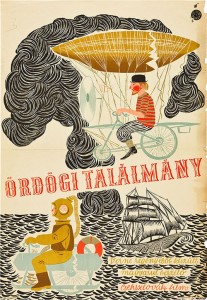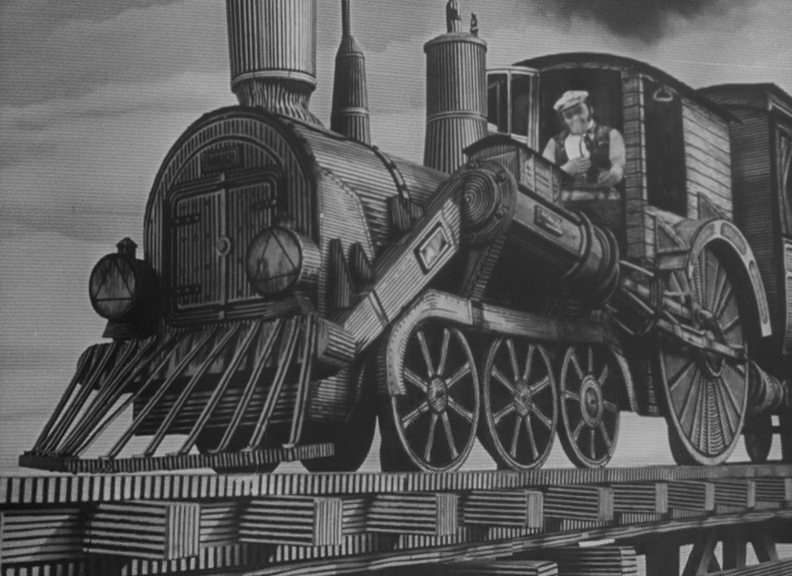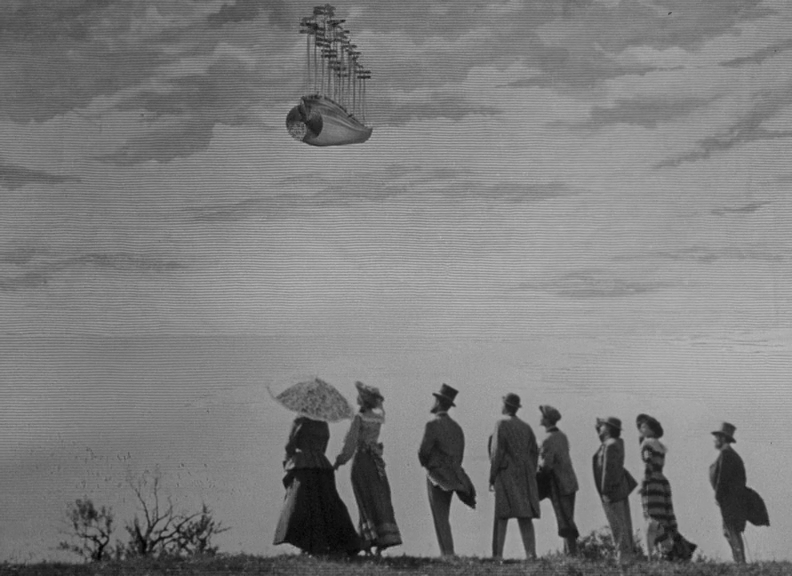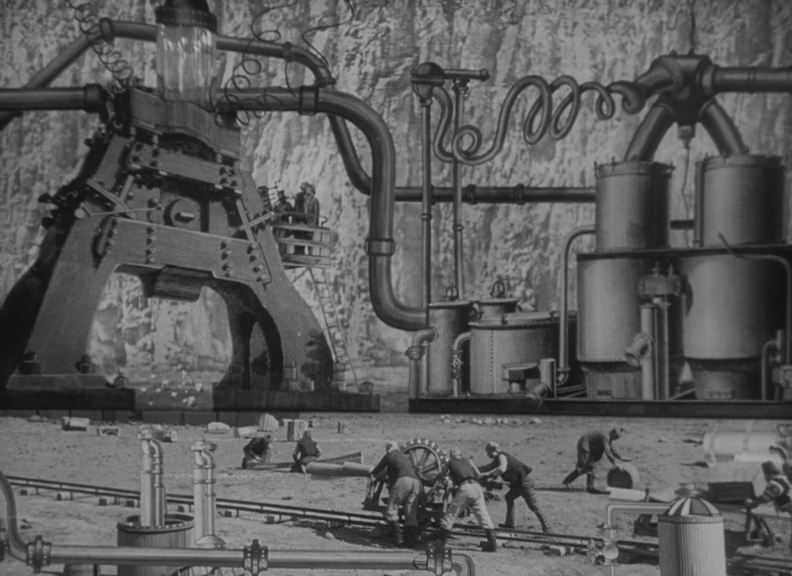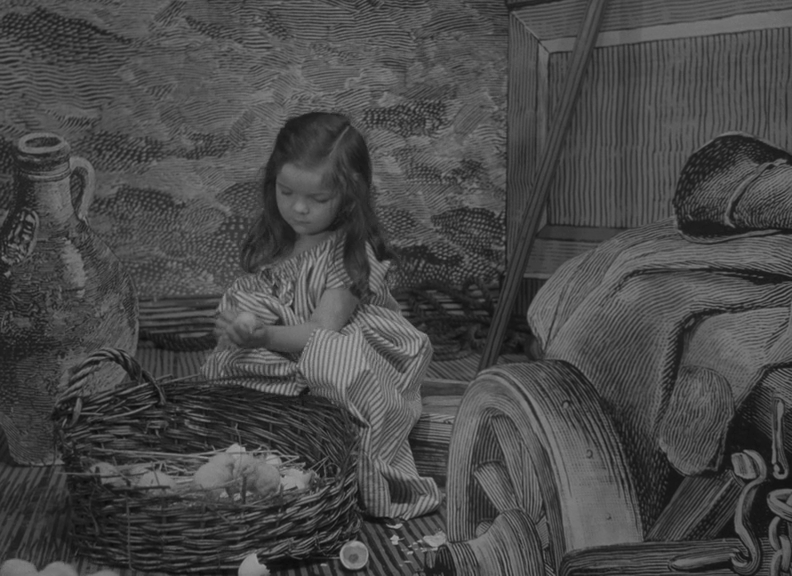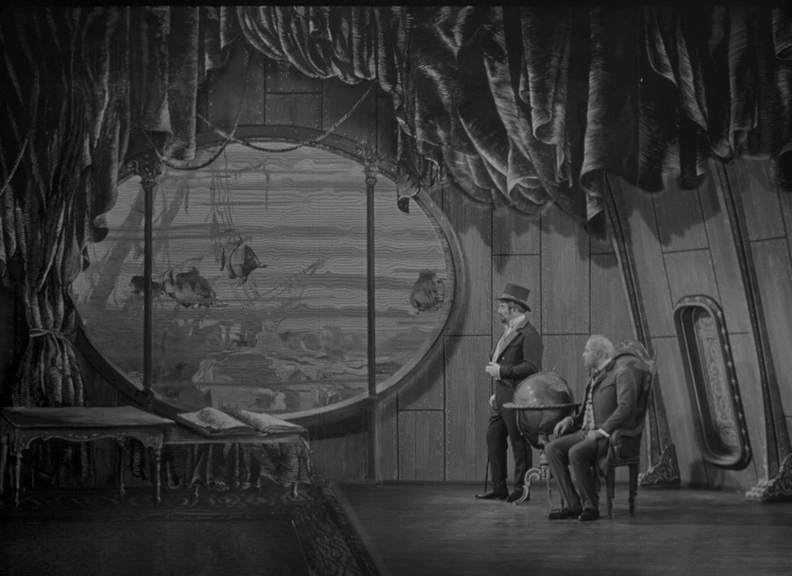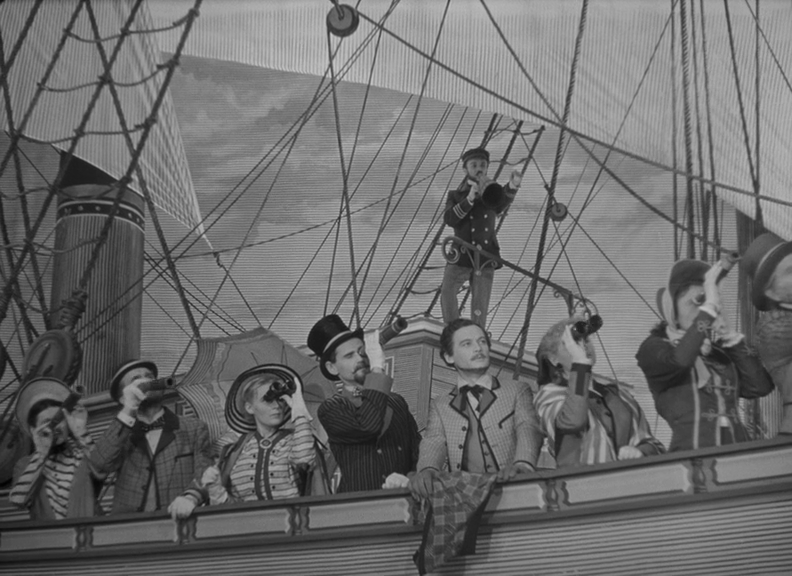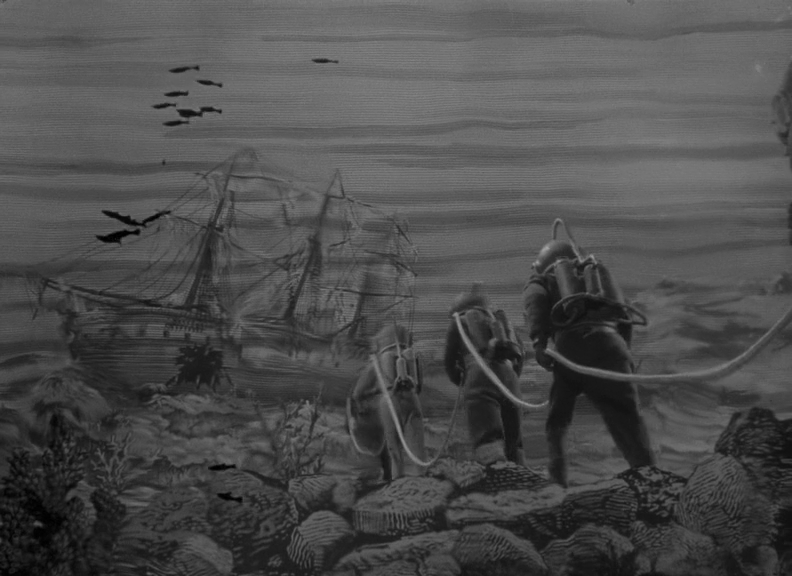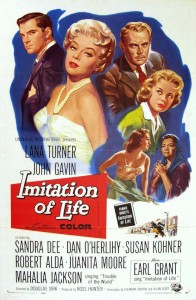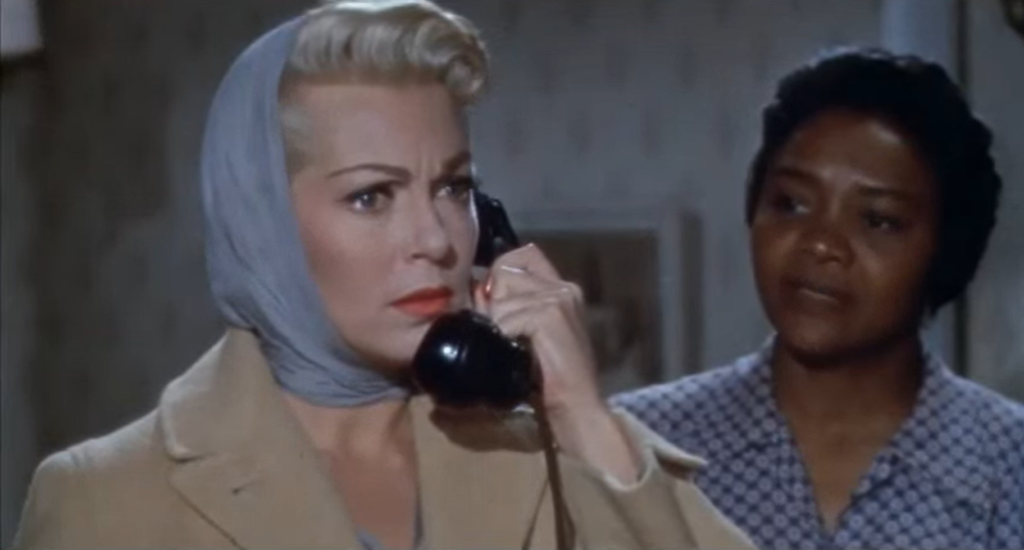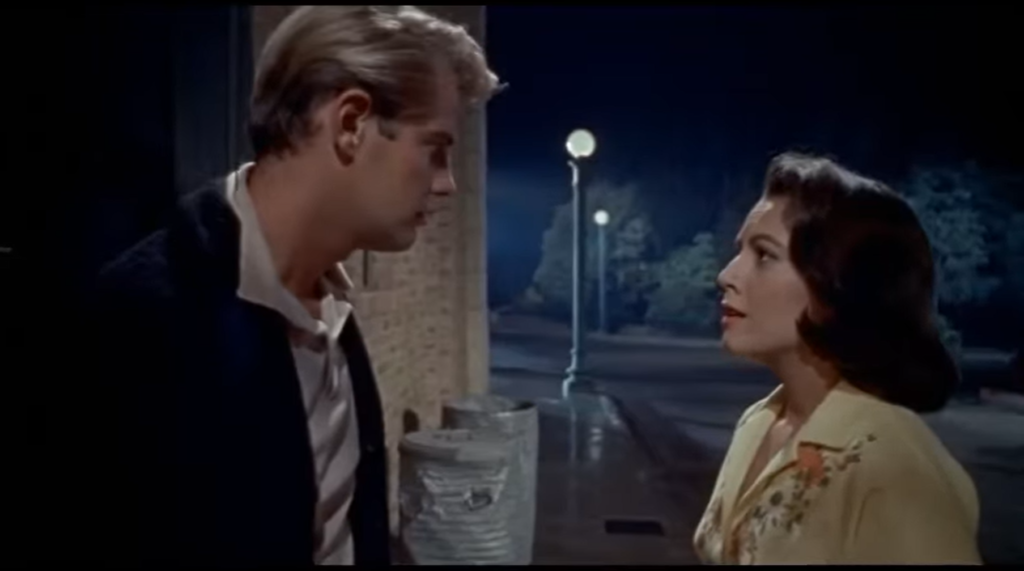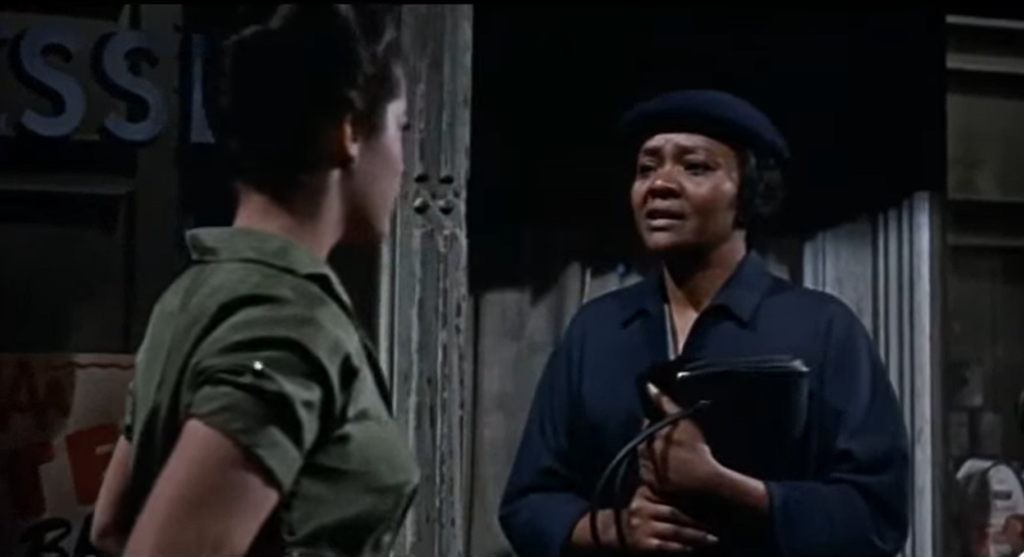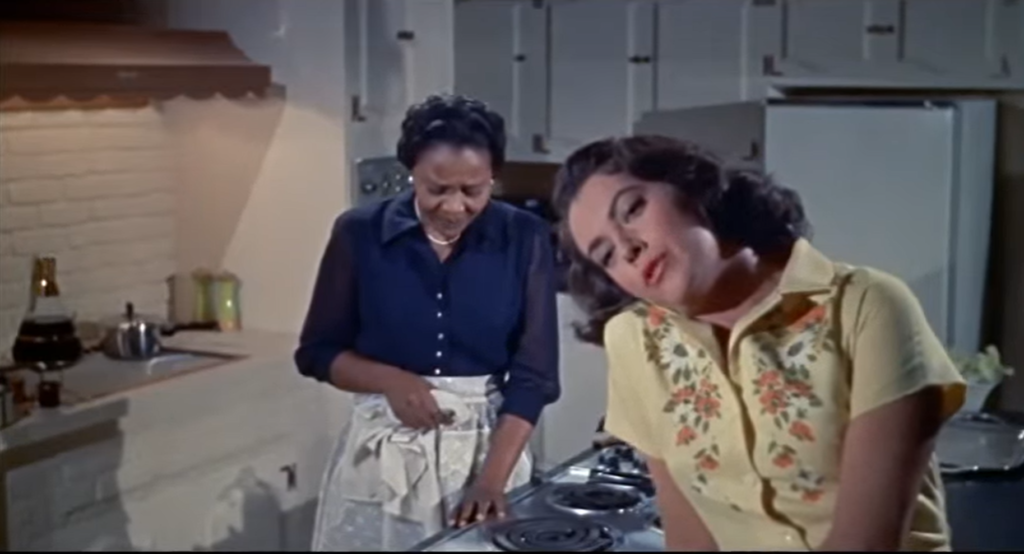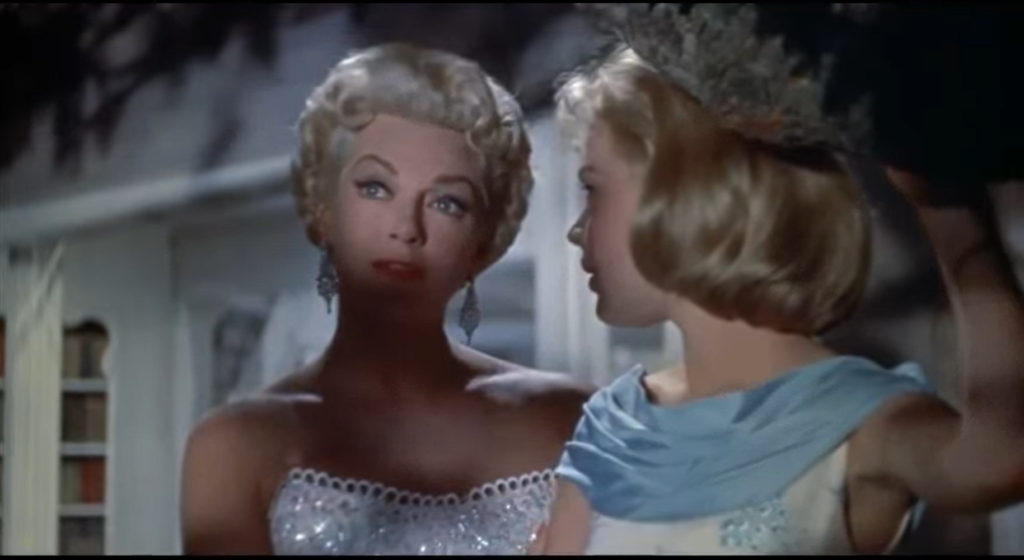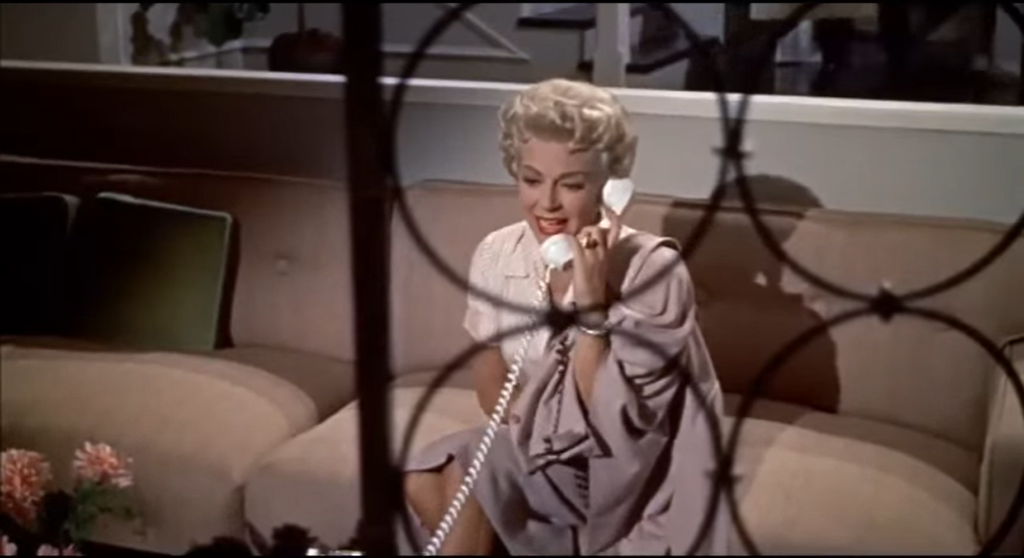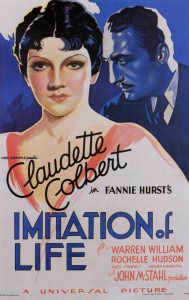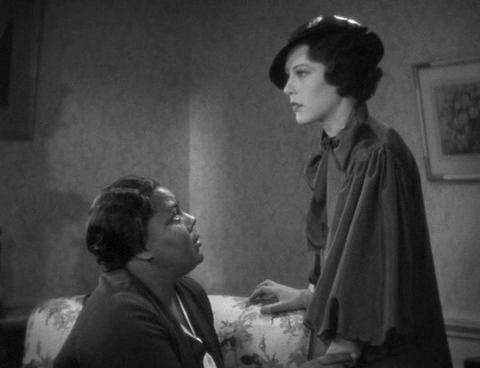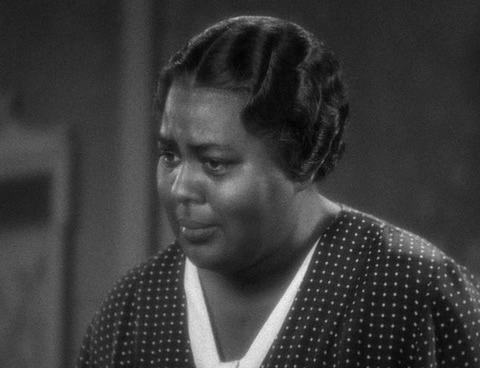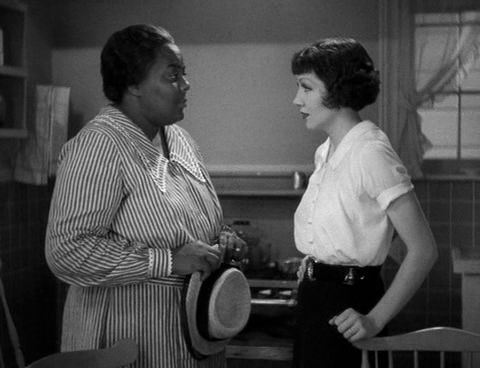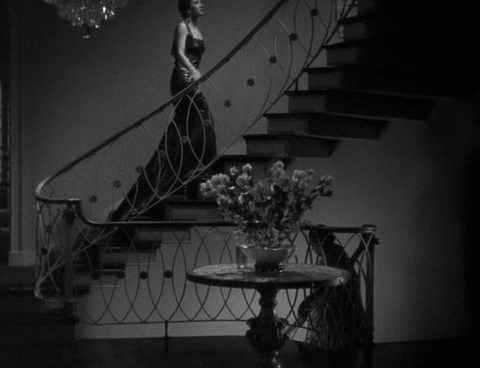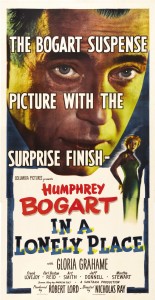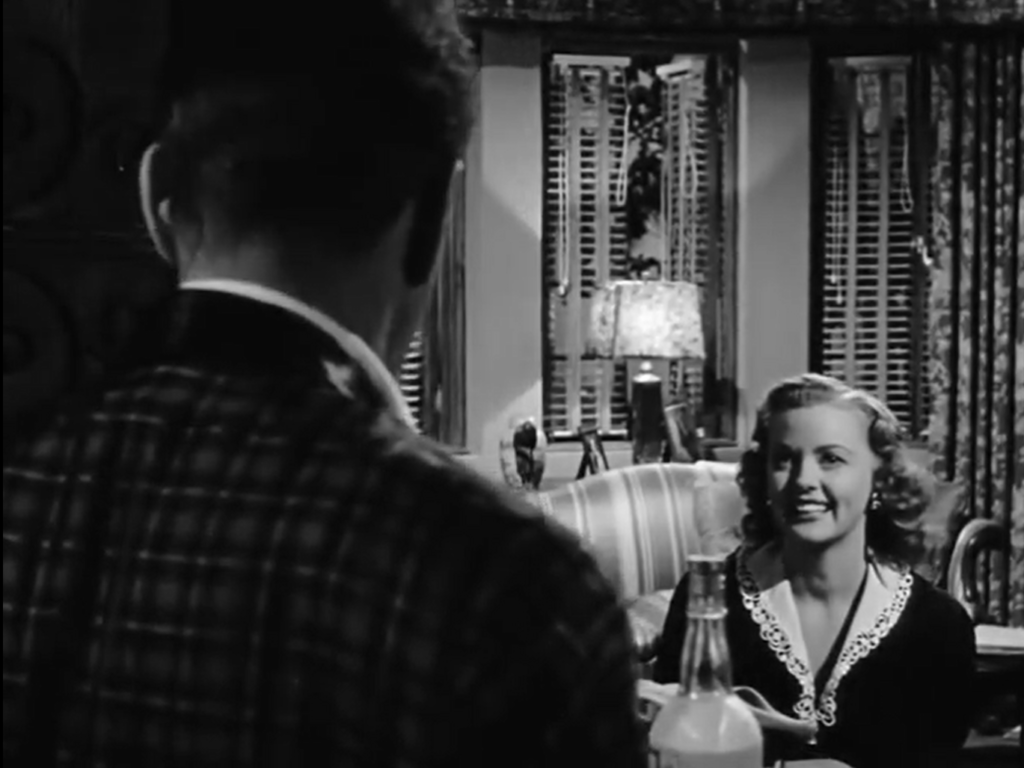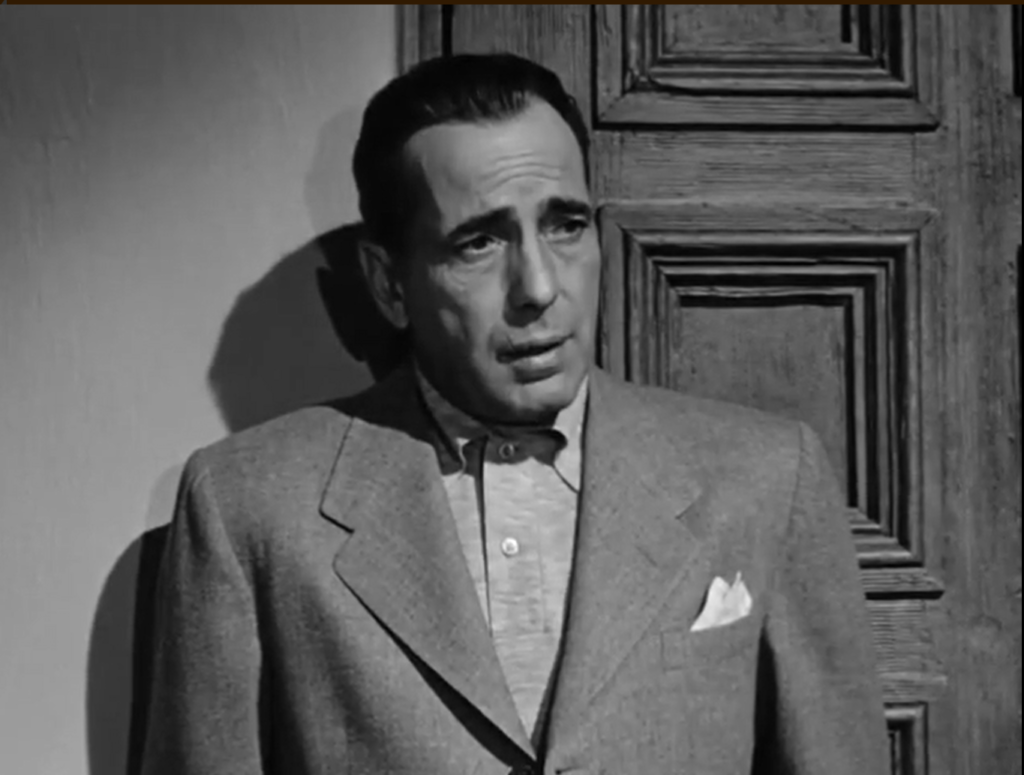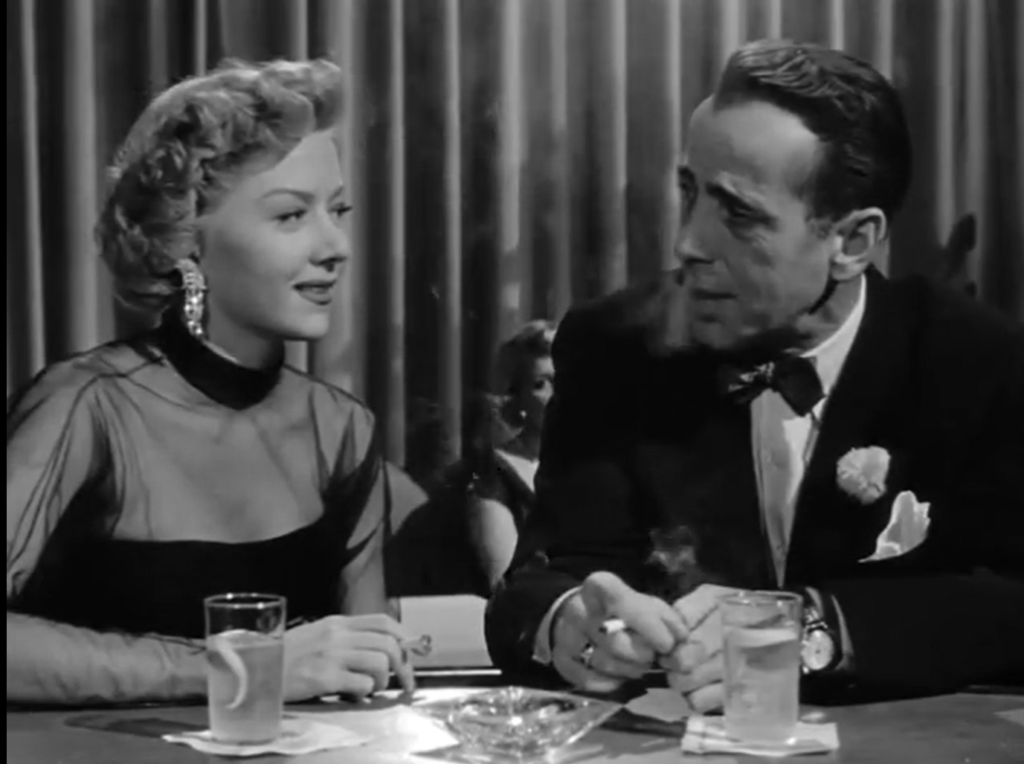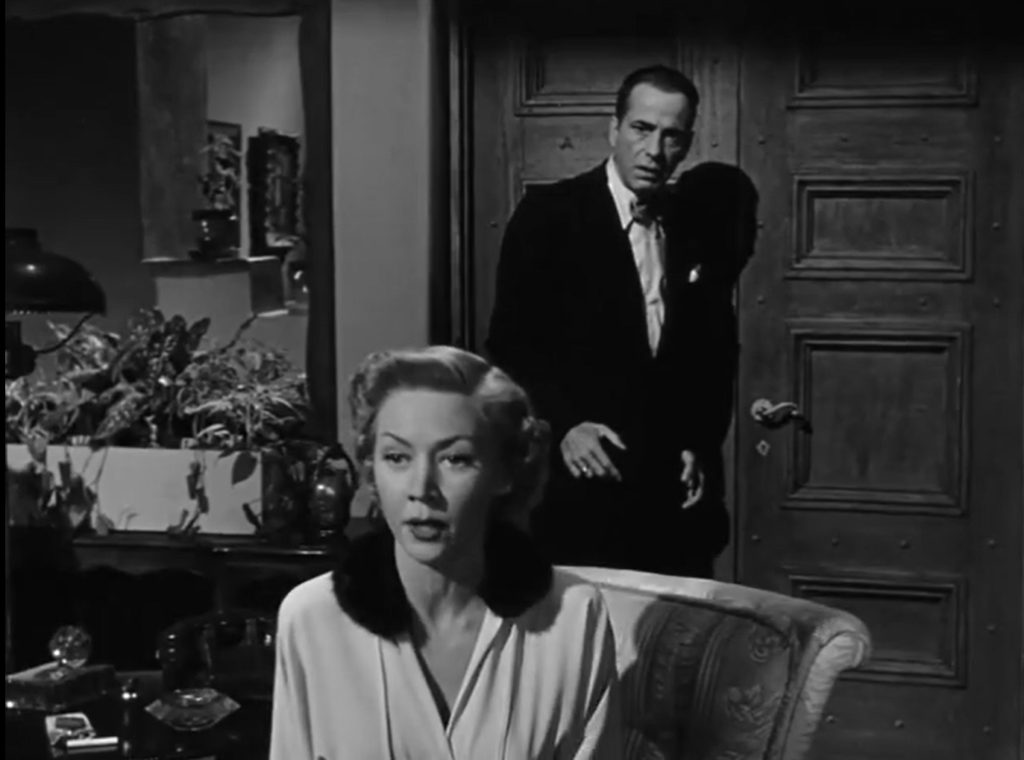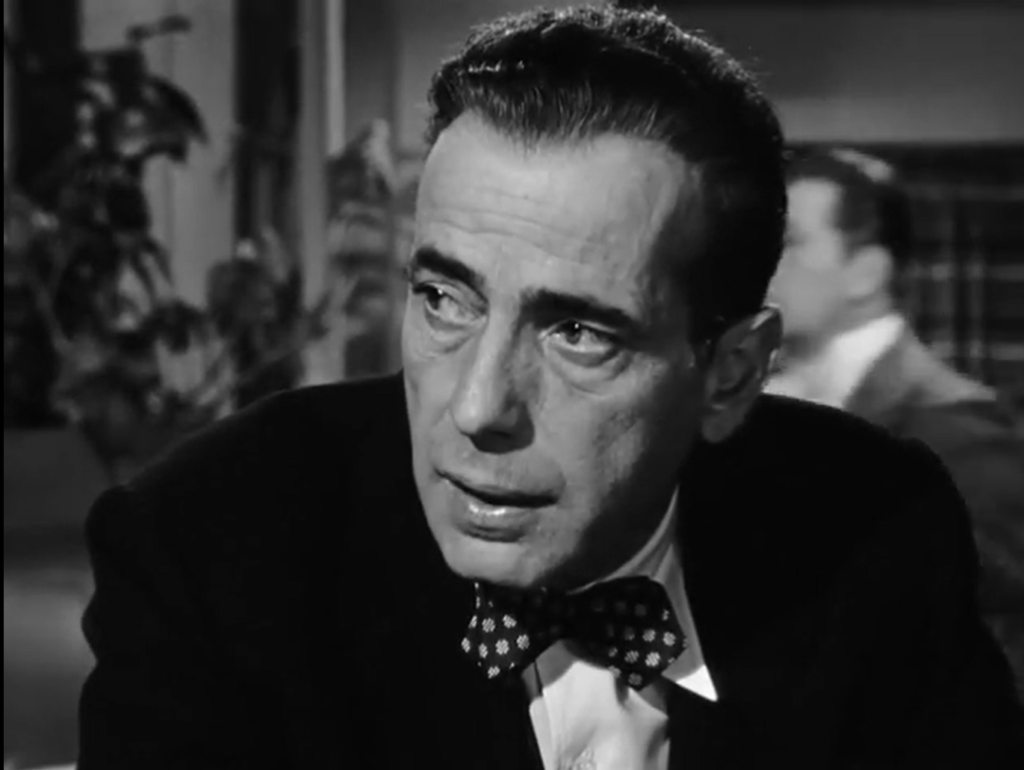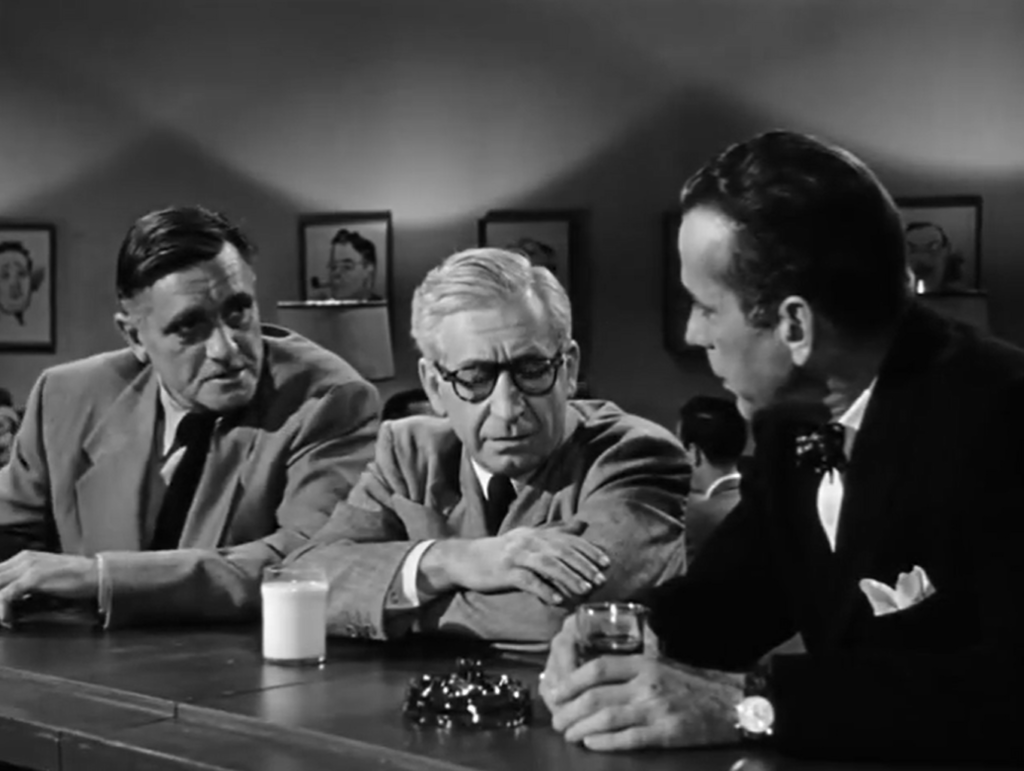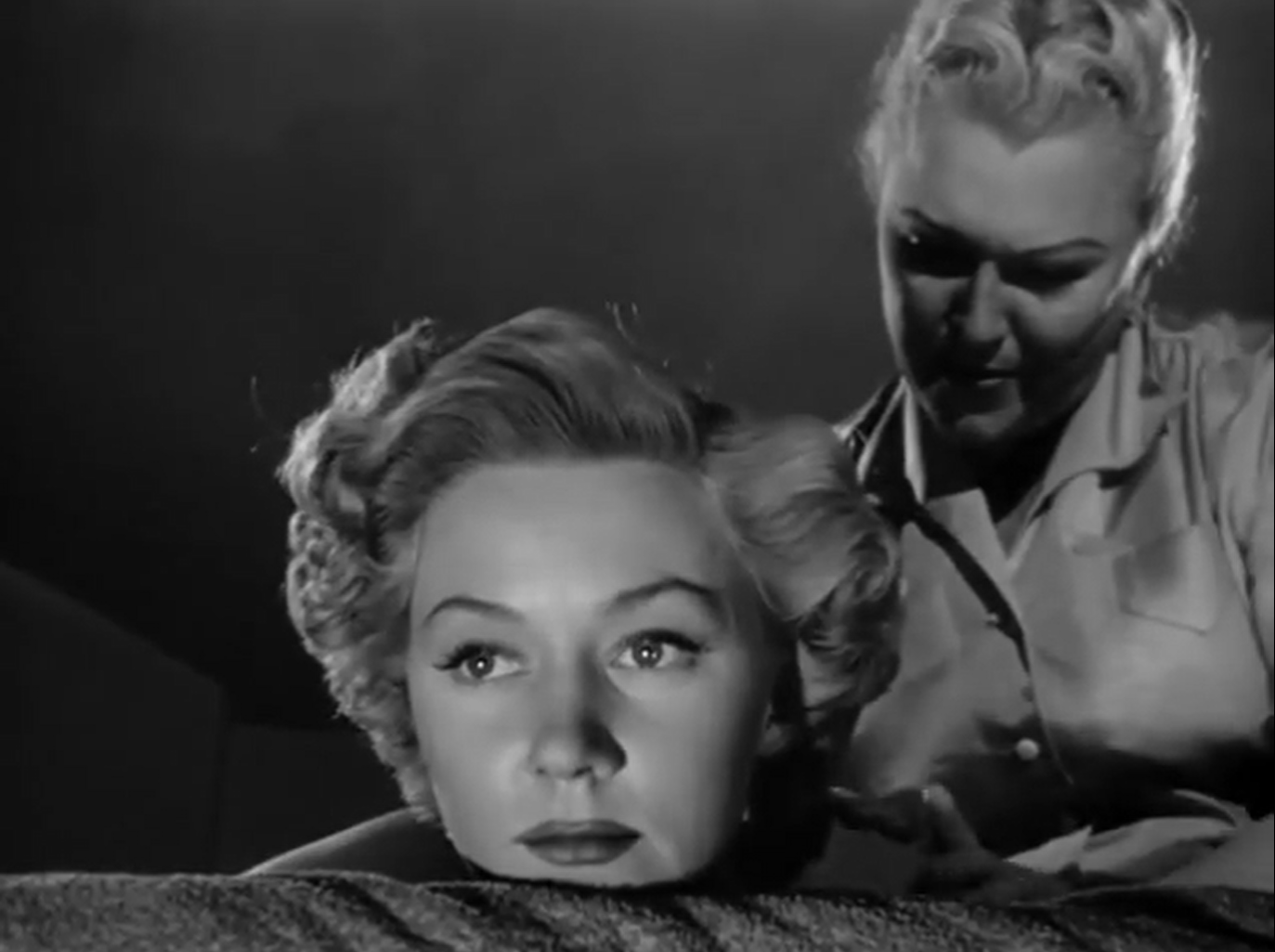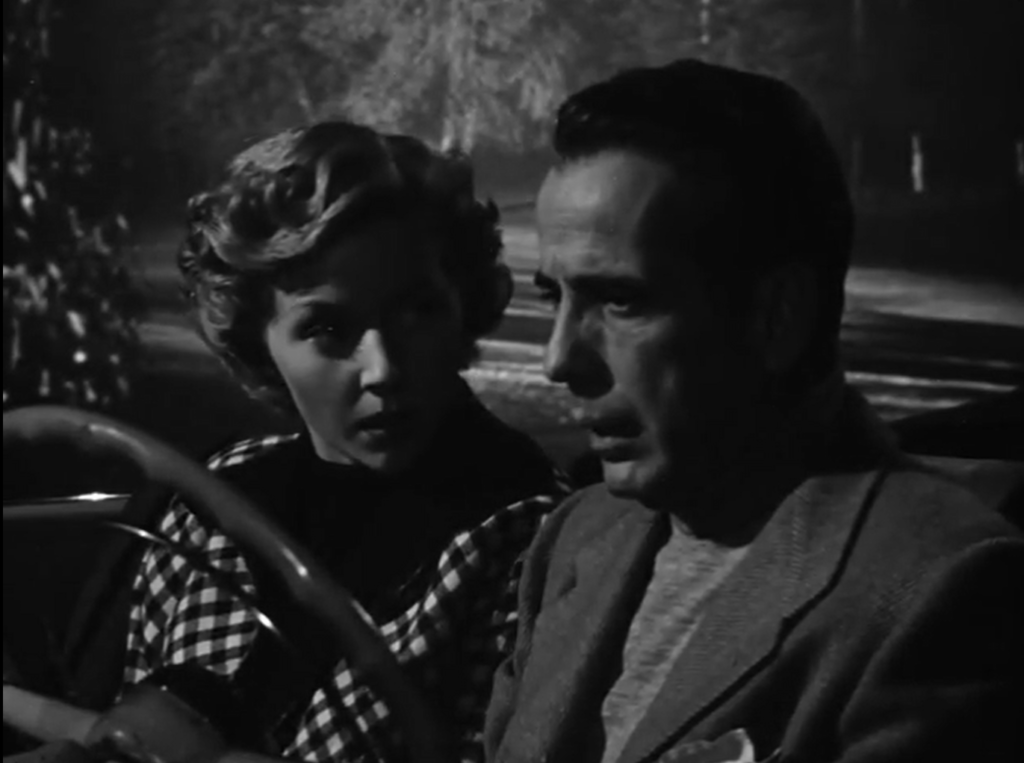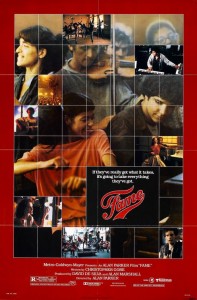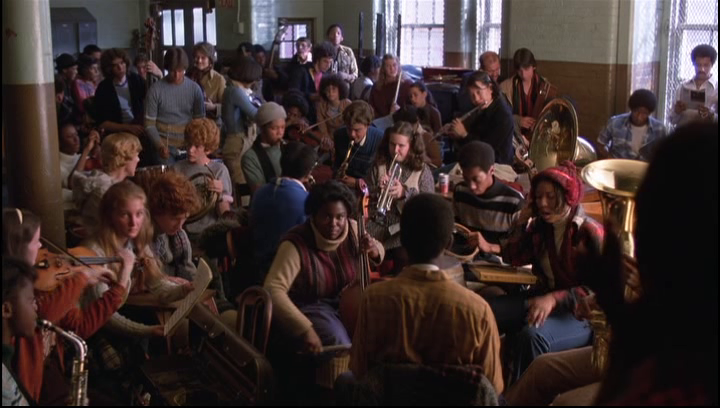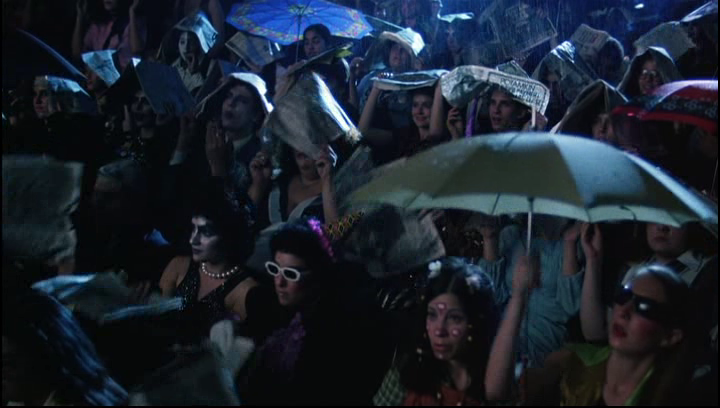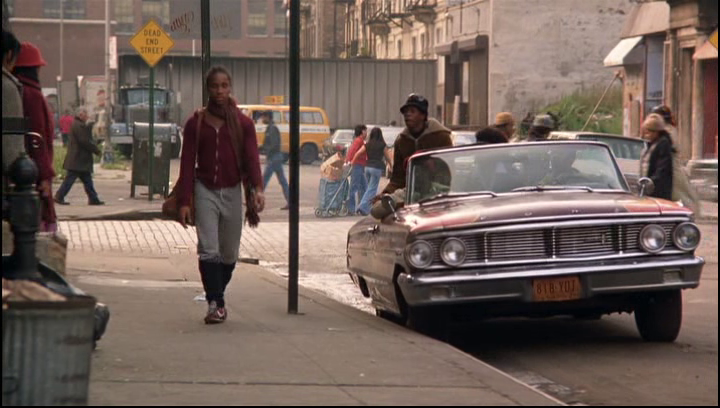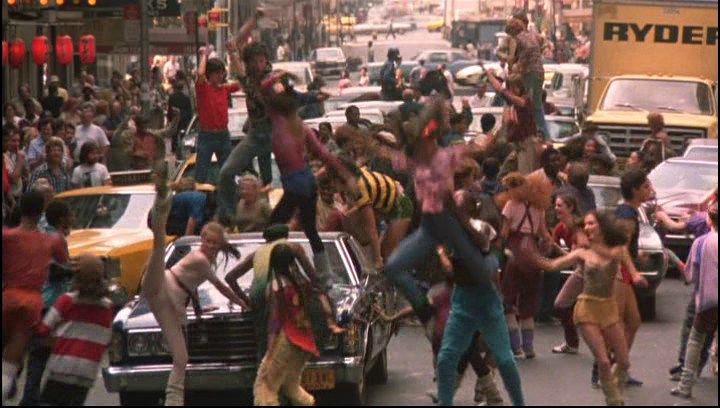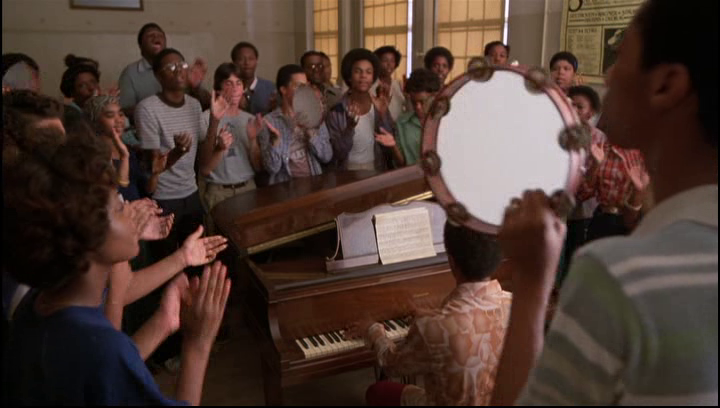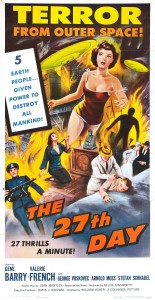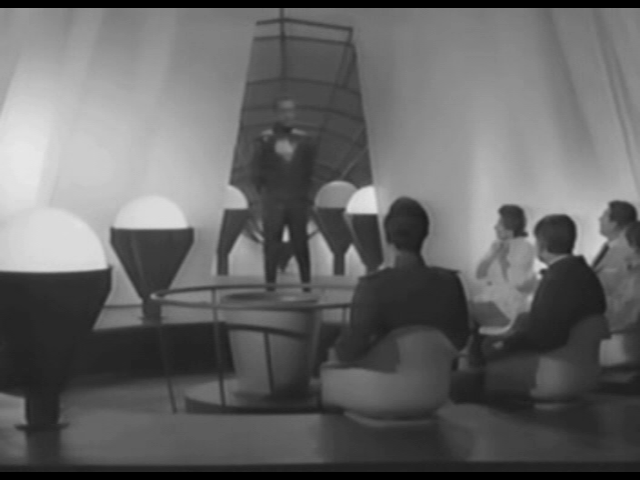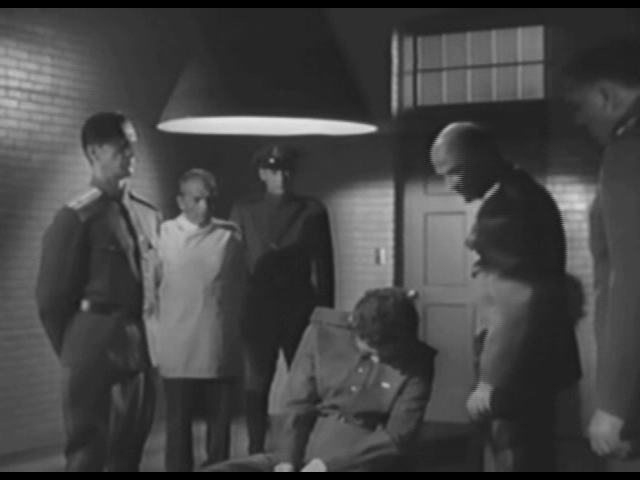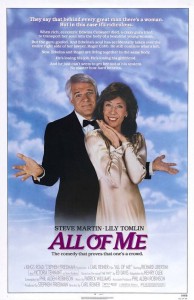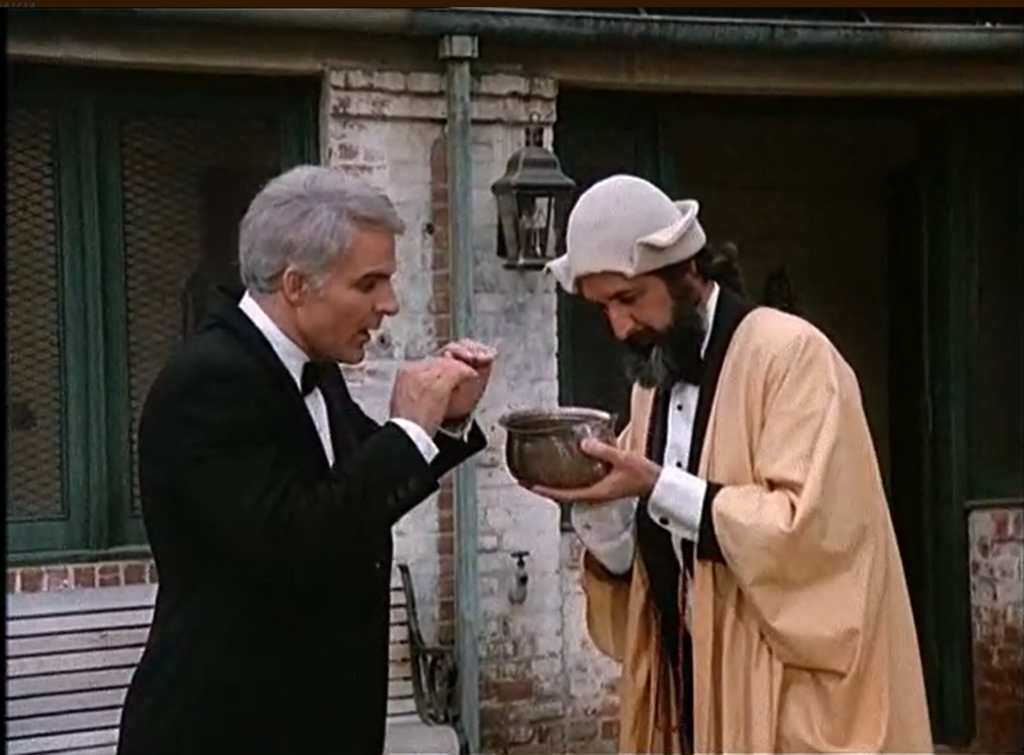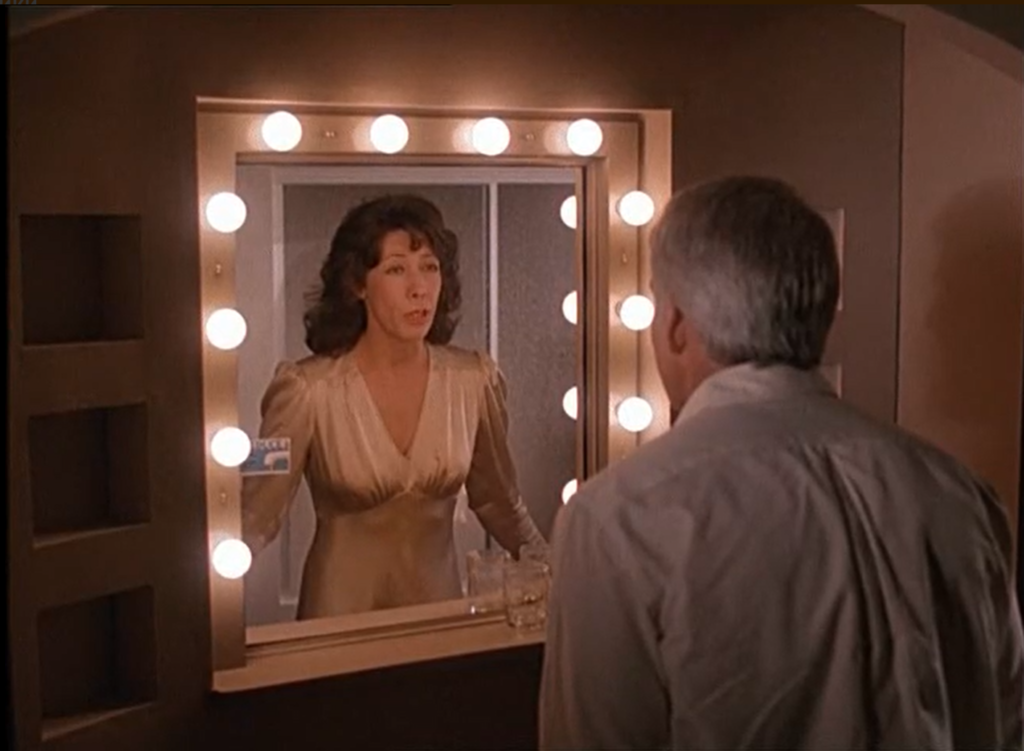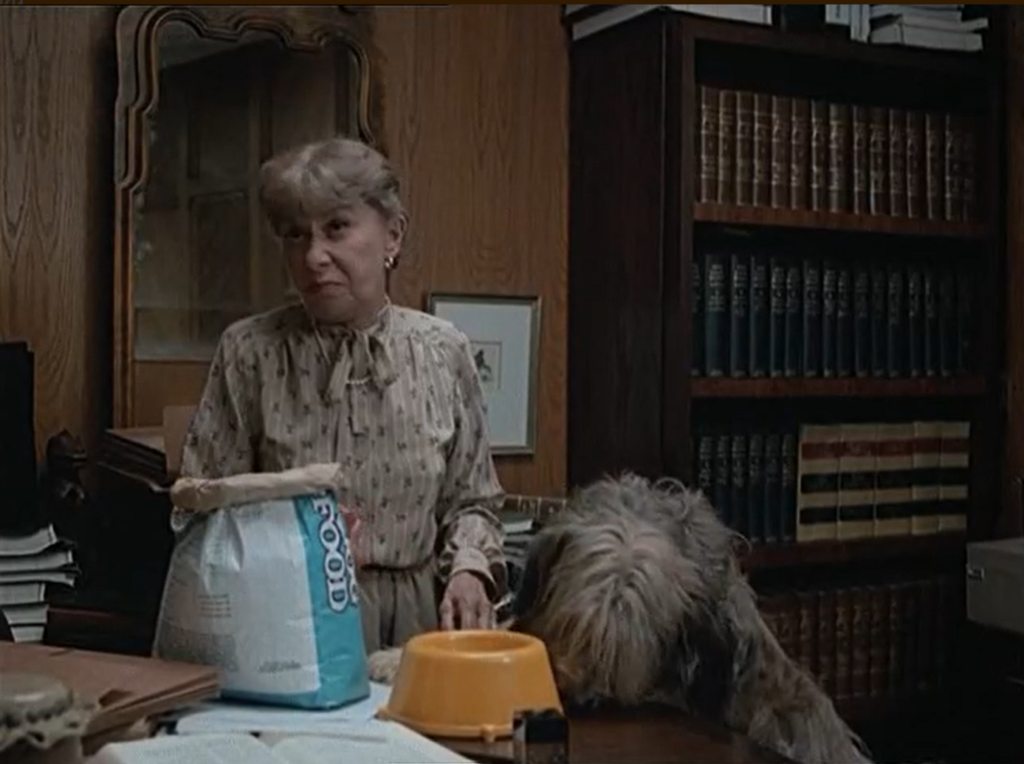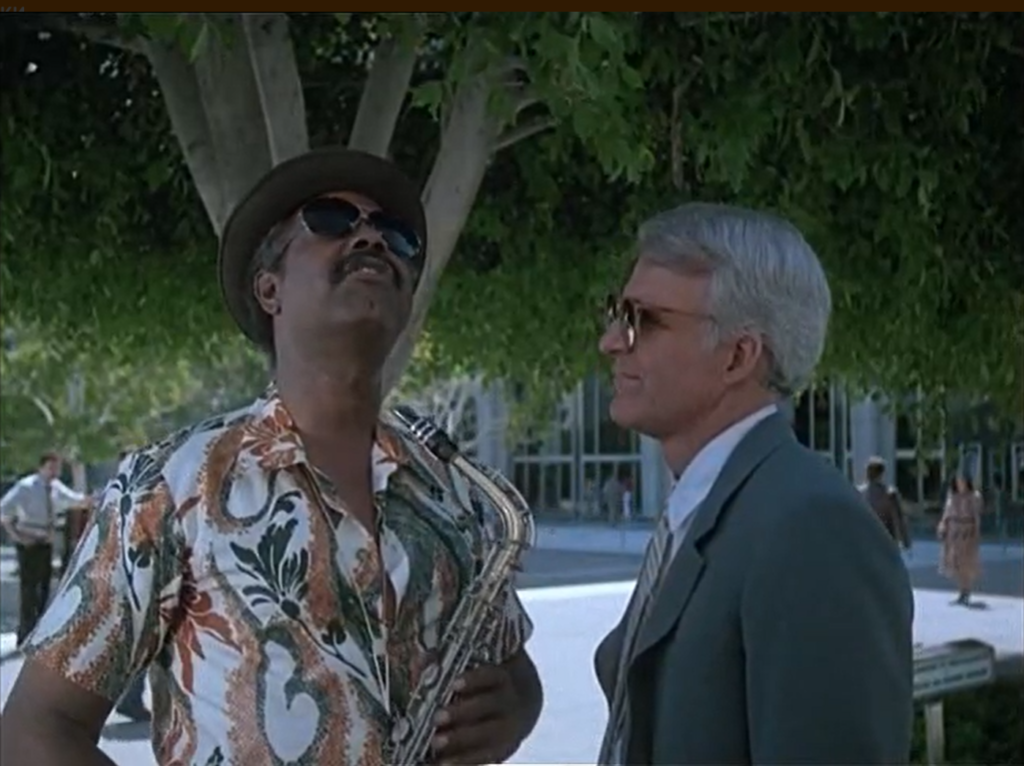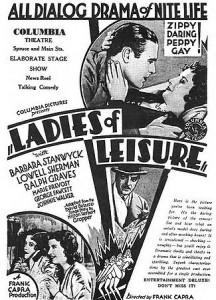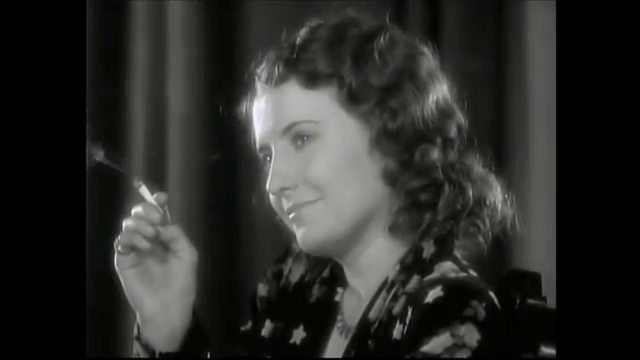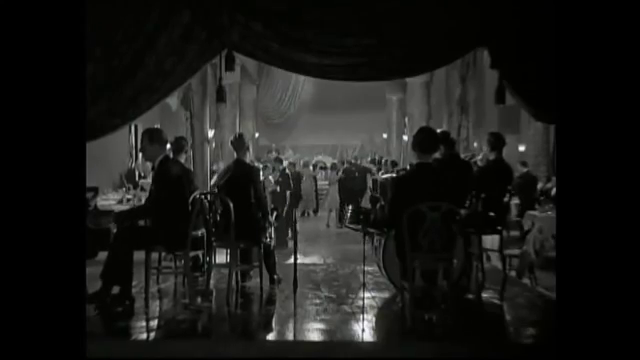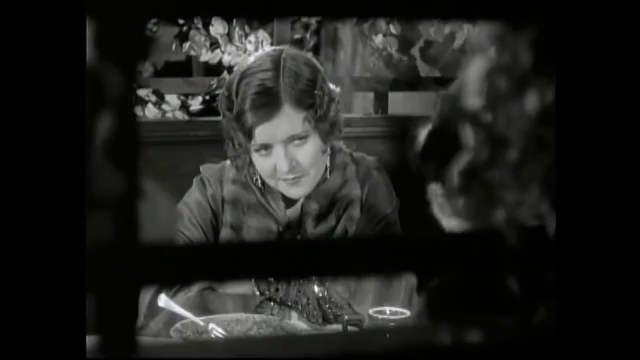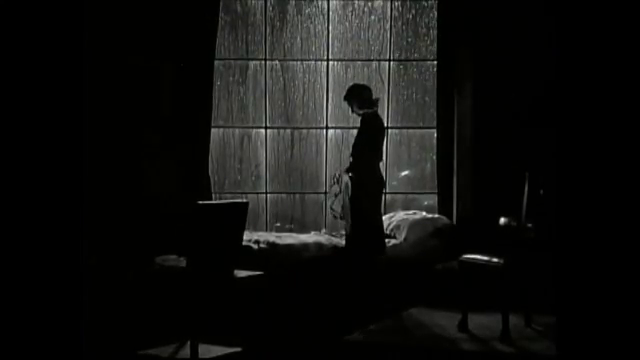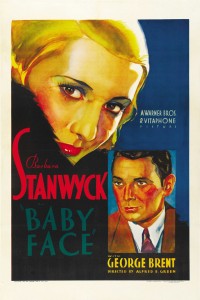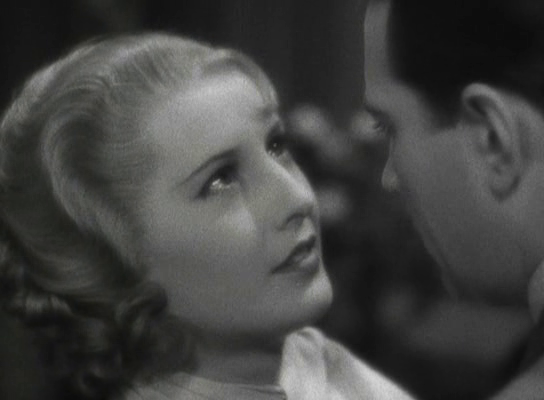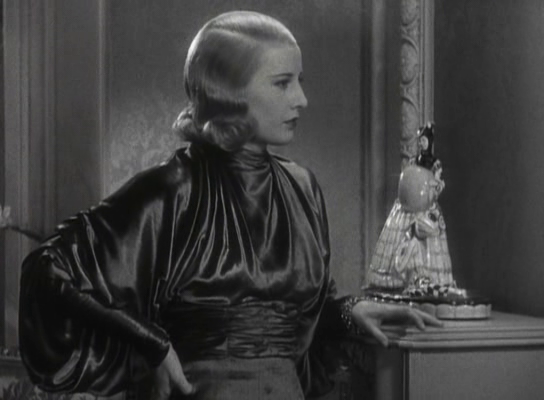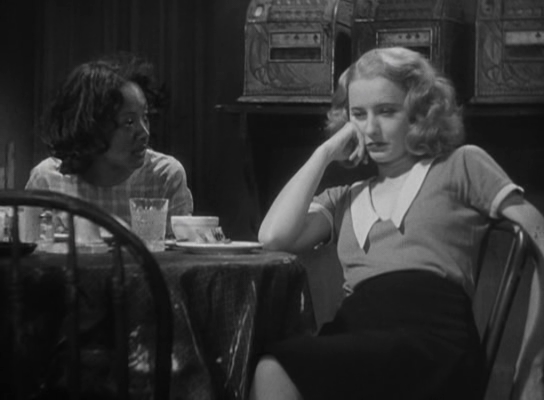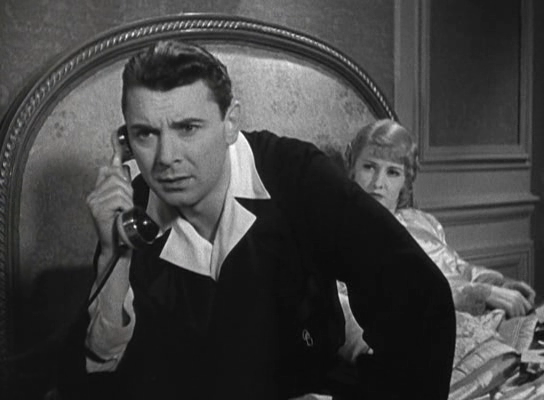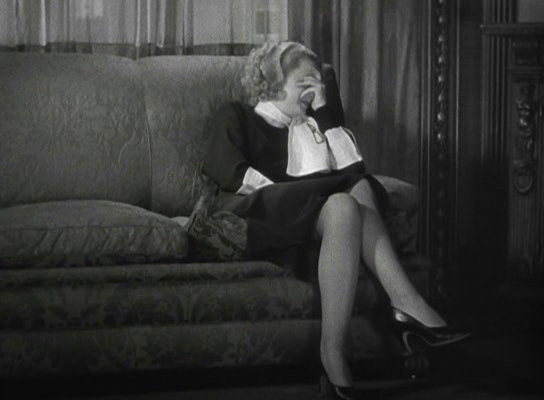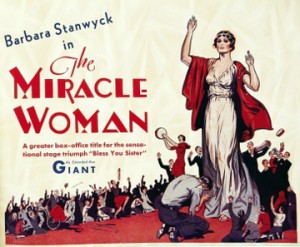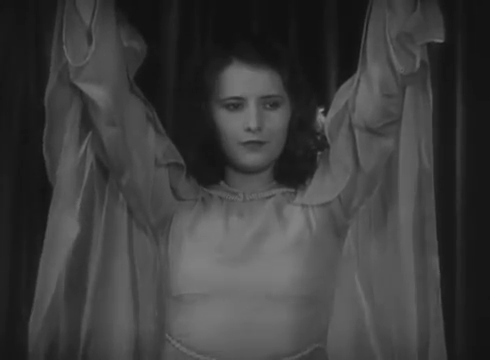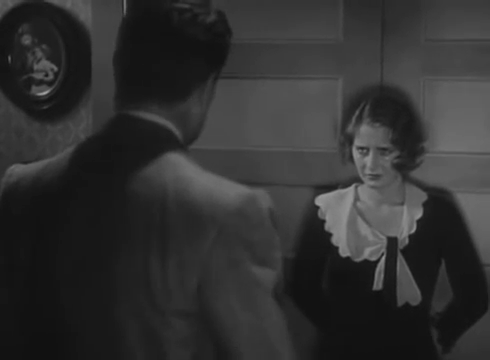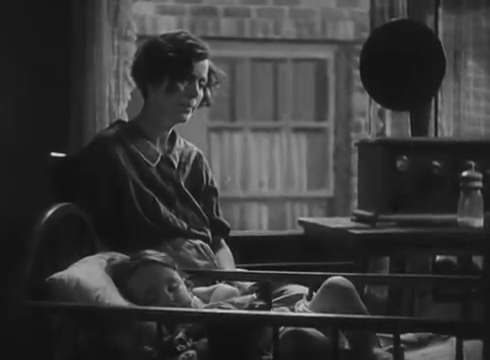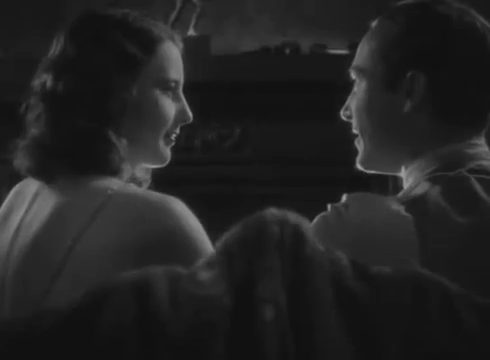Fabulous World of Jules Verne, The (1958)
“The heart is always full of desire to fly sky-high.”
|
Synopsis: |
|
Genres, Themes, Actors, and Directors:
I’d like to begin this review by saying hello to my fellow CMBA bloggers who may be stopping by for the first time. I’m publishing this post as part of the Classic Movie Bloggers Association “Fabulous Films of the Fifties” blogathon (my first ever!) and am honored to participate. If you’re curious to read a bit more about this site in general, please click here. If you’d like to leave a comment — and I’d love to hear from you! — please send me an email at filmfanatic.org@gmail.com and I’ll sign you up as a user. Now — on to the review! Review: Thankfully, it’s not the screenplay one is concerned with when watching this film — it’s the stunning visuals, through and through. Intended to pay homage to the original lithographic illustrations in the 54 novels that comprise Verne’s collective Voyages Extraordinaires, Zeman’s steampunk sets and animation style suit the subject matter and time period perfectly. Each frame — as intended by Zeman — looks as though it belongs in one of Verne’s books, with the added bonus of live actors bringing the images to life. For an overview of the dizzying combination of animation techniques being employed, I humbly refer to a recent (2010) article by Alex Barrett in Experimental Conversations, cited in Wikipedia’s entry on the movie:
Other than this title, Zeman’s best-known film is The Fabulous Baron Munchausen (1961), a wonderfully fantastical adventure tale possessing a more complex storyline, heightened surreality, and a differently distinctive animation style; it’s a personal favorite, and one I would likely return to more easily than …Jules Verne. With that said, this earlier outing — which remains Zeman’s most popular title — is far too clever, impressive, and visually innovative to ignore. It’s won numerous awards, was voted in 2010 as the most successful Czech film to date, and is indisputably worth a look by all film fanatics. Note: As pointed out earlier, Zeman’s animation style is ultimately best understood by actually seeing it in action. Click here to watch a ~3 minute video (entitled “Why Zeman Made the Film”) which includes both short clips and an illuminating interview with Zeman’s daughter. Or, check out the overwrought American trailer here. Redeeming Qualities and Moments (click on thumbnails for bigger images):
Must See? Categories
Links: |
